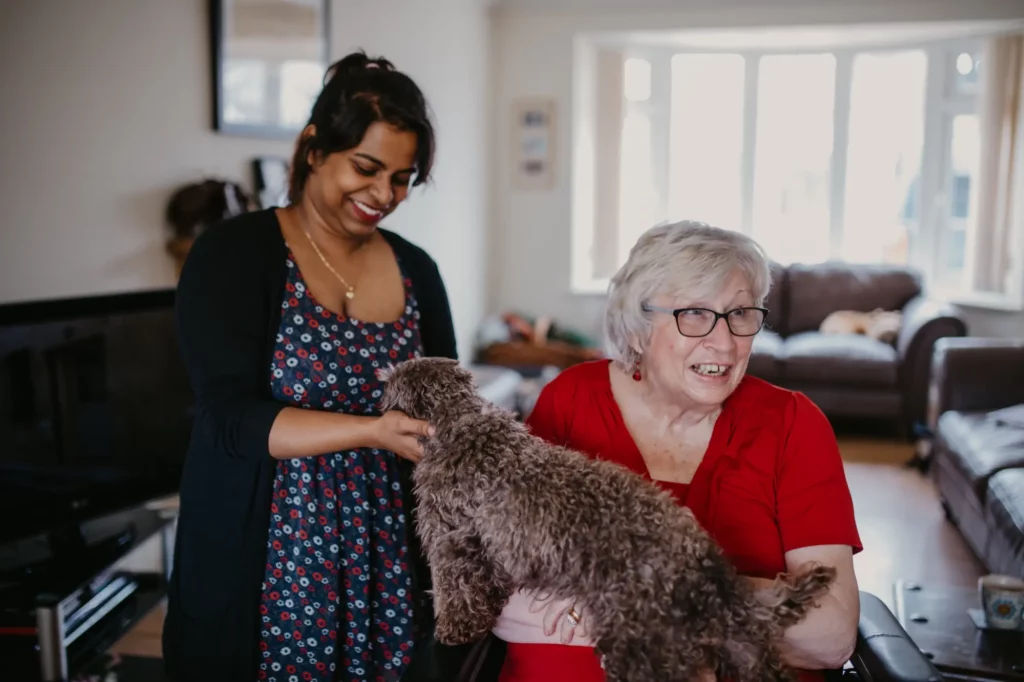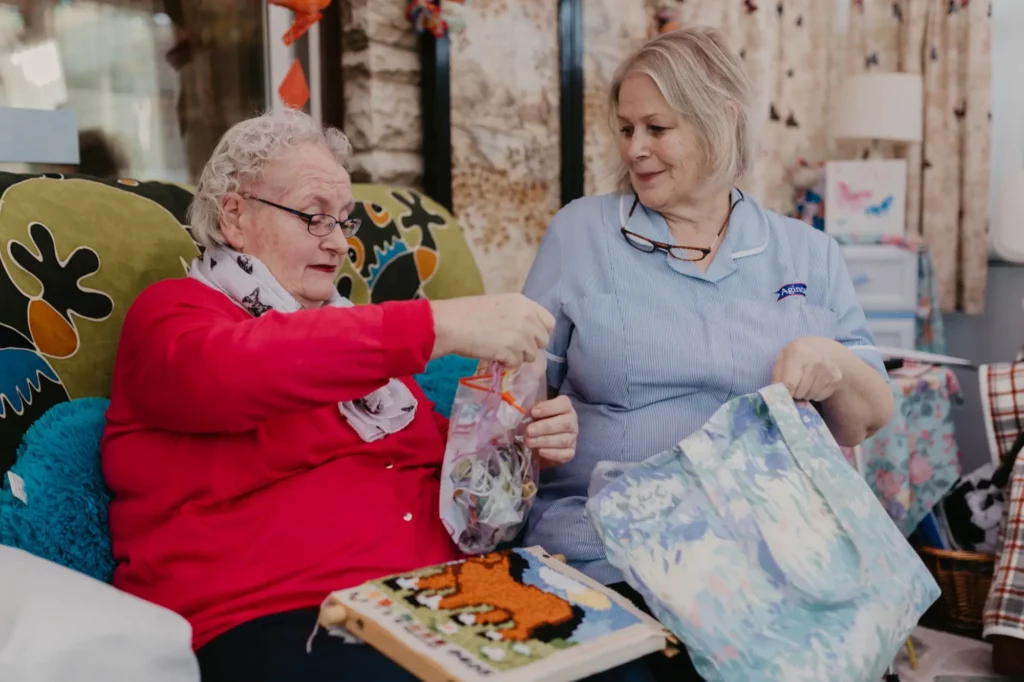Living with effects of Huntington’s disease can be mentally and physically difficult due to its progressive nature.
Assistance doesn’t just stop with physical tasks. As symptoms progress, the emotional impact can be difficult. Putting you first, we offer emotional support and discuss your choices for the future.

Huntington’s disease care and support tailored to you
We work with you to create a plan that is bespoke to you and your specific needs. Your care worker can assist with medication, personal care, preparing meals and day to day tasks such as cleaning and running errands.


Types of Huntington’s disease care and support
We are skilled and experienced in supporting adults with a range of neurological needs.
Everyone’s needs are unique depending on the progression of their condition, so we take great care in understanding you, and what you need to live a full and active life.

Frequently asked questions
Huntington’s disease is a condition that stops parts of the brain working properly over time. It’s passed on (inherited) from a person’s parents.
The symptoms usually start at 30 to 50 years of age, but can begin much earlier or later in life.
Symptoms of Huntington’s disease can include:
Difficulty concentrating and memory lapses
Depression
Stumbling and clumsiness
Involuntary jerking or fidgety movements of the limbs and body
Mood swings and personality changes
Problems swallowing, speaking and breathing
Difficulty moving
Huntington’s disease is caused by a gene that results in parts of the brain becoming gradually damaged over time.
You’re usually only at risk of developing it if one of your parents has or had it. Both men and women can get it.
If a parent has the Huntington’s disease gene, there’s a:
1 in 2 (50%) chance of each of their children developing the condition – affected children are also able to pass the gene to any children they have.
Very occasionally, it’s possible to develop Huntington’s disease without having a history of it in your family. But this is usually just because one of your parents was never diagnosed with it.
There’s currently no cure for Huntington’s disease or any way to stop it progressing. But treatment and support can help reduce some of the problems caused by the condition.
Everyone is different, but symptoms usually start to appear between the ages of 30-50.






